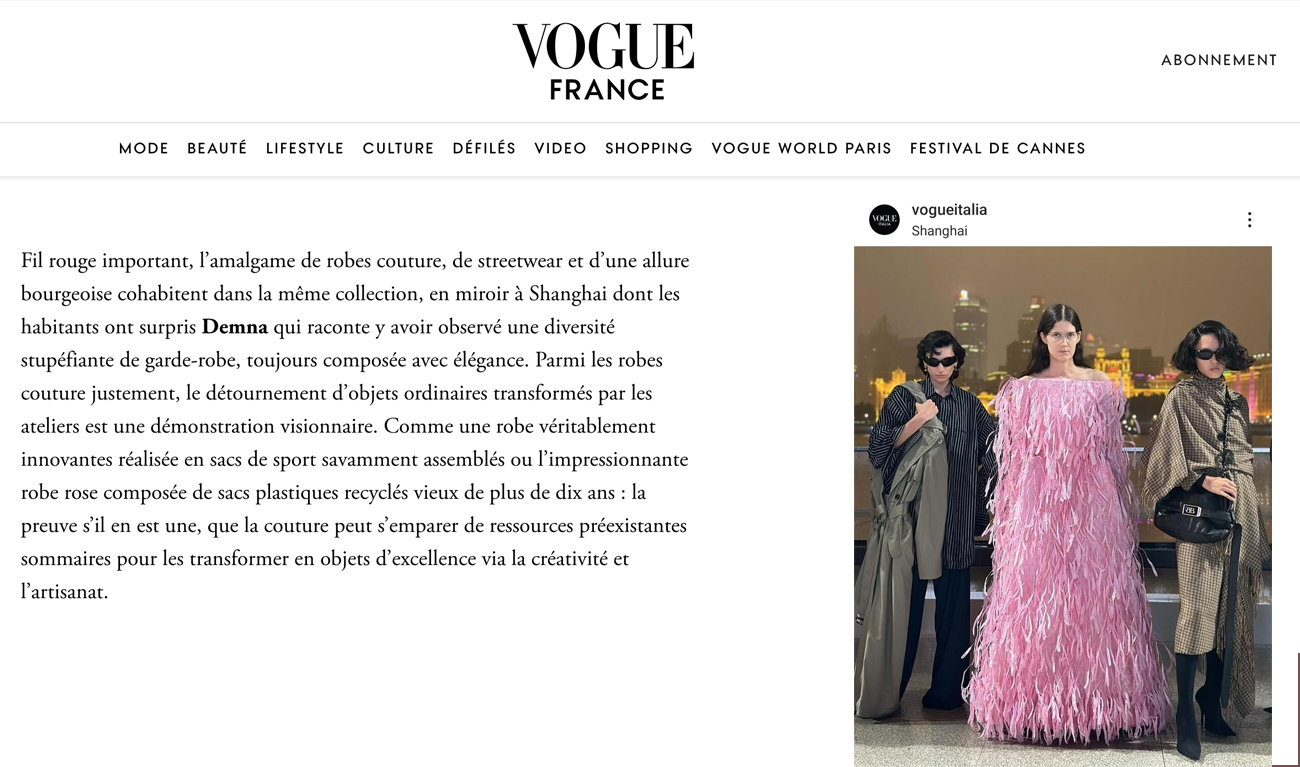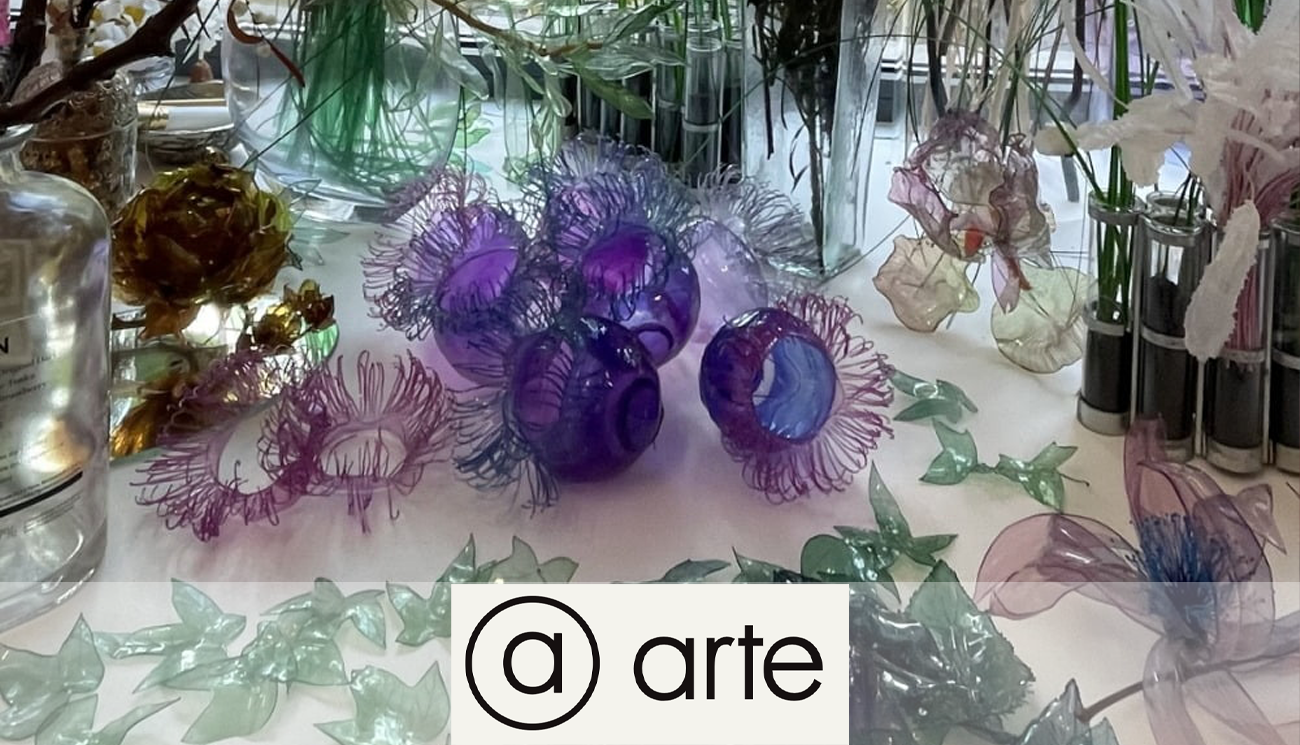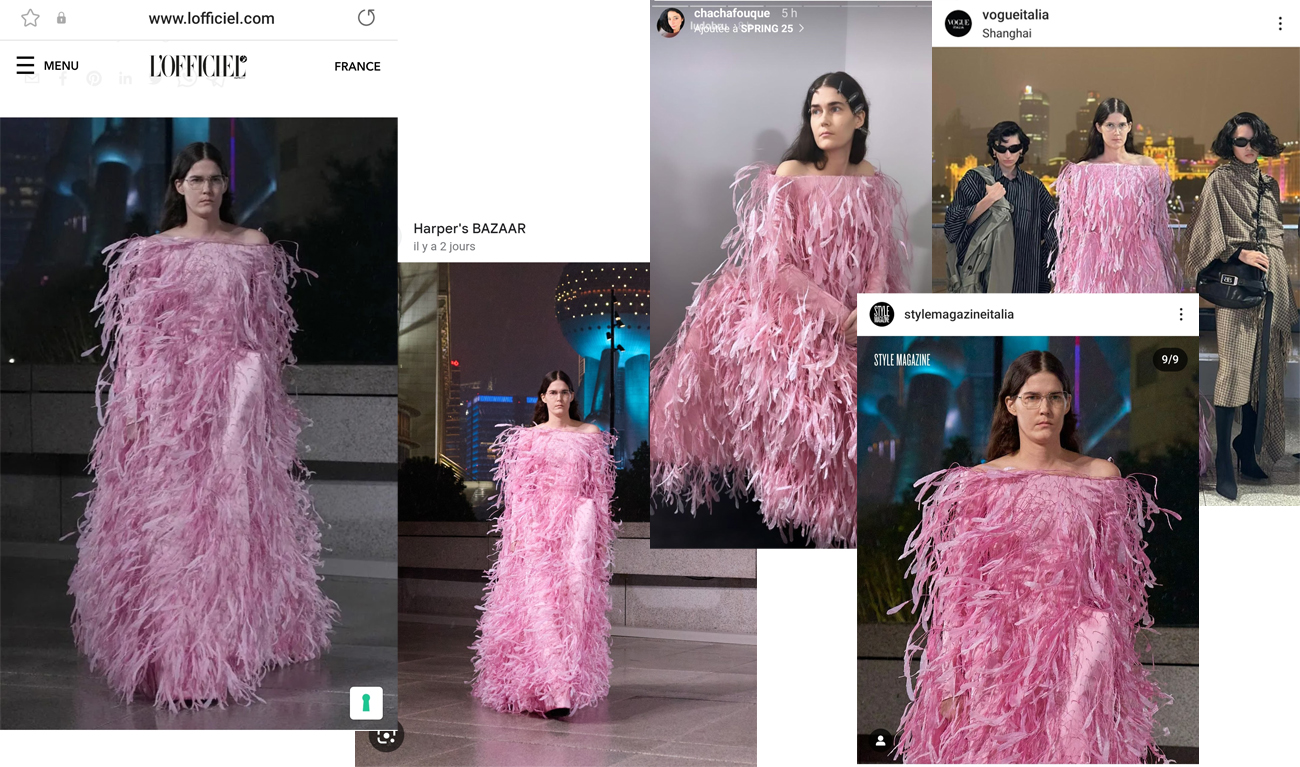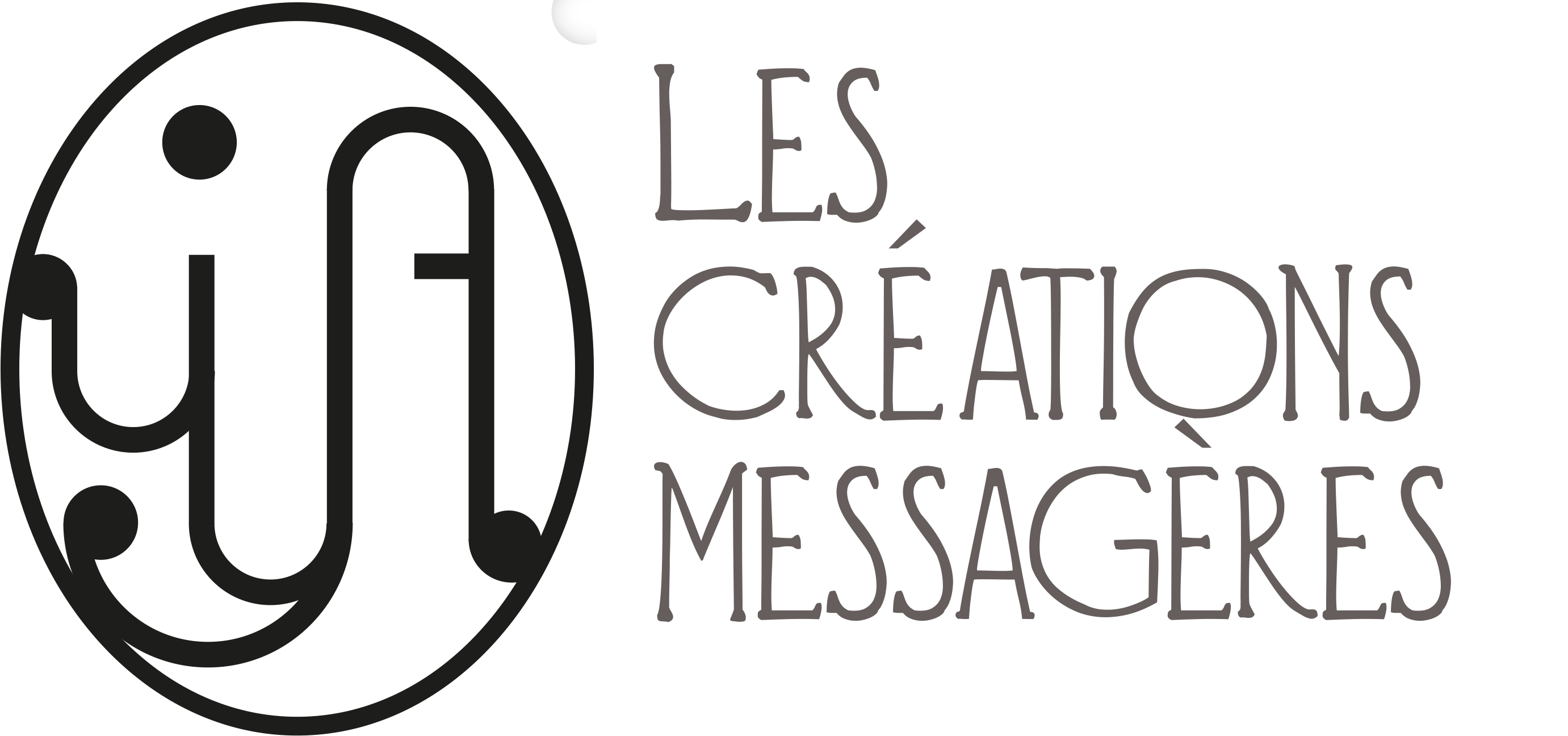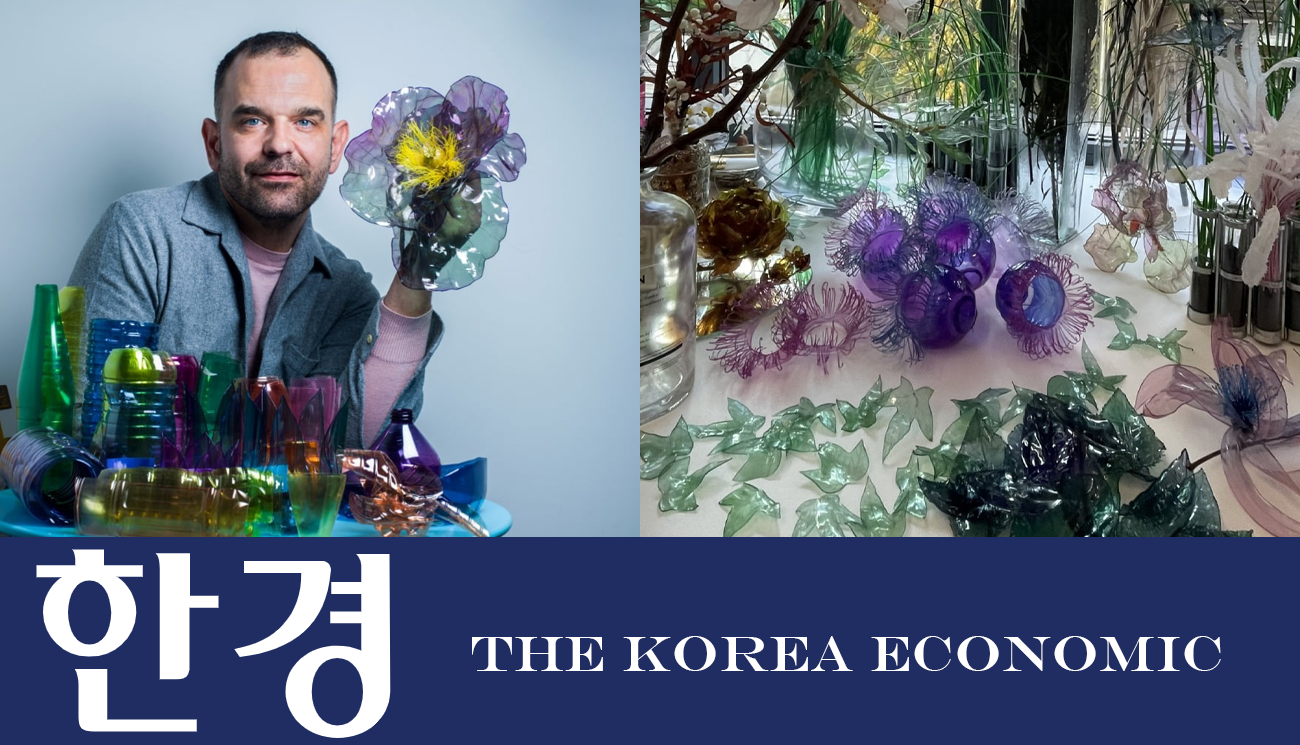
THE KOREA ECONOMIC DAILY (Hankyung) | Disposables are as valuable as crystal
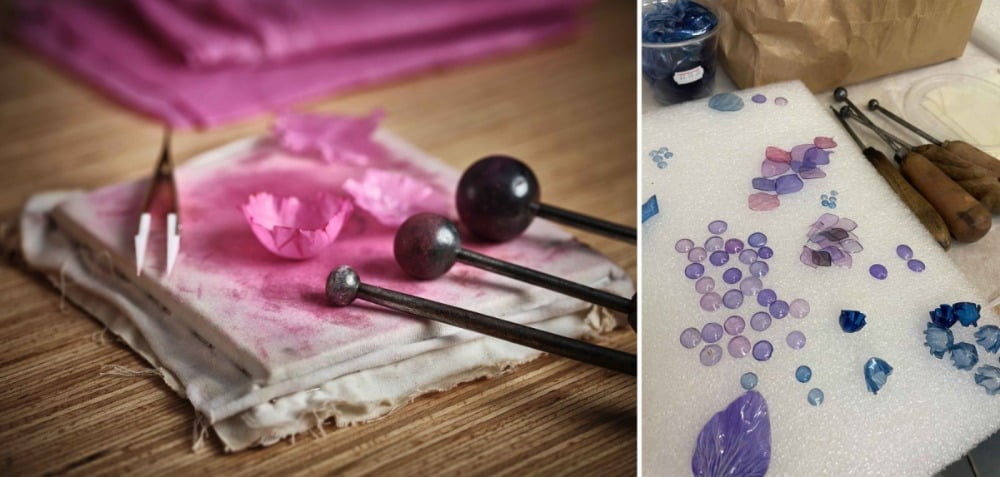
William Amour, a French upcycle artist who gives new life to recycled waste. His works made from disposable waste
In his workshop in the 10th arrondissement of Paris, he also works with several luxury fashion brands such as Balenciaga, Balmain, Chopard and Lancôme.
La Villa du Lavoir, an artists’ village in the 10th arrondissement of Paris, is a magnificent secret garden made from disposable plastic bags and plastic bottles.
More than a dozen artists are passionate about researching and creating works in interior design and textiles. jewelry and formative arts. The workshops have been brought together.
upcycled plastic artist William Amor. I first met him about 10 years ago at his first solo show. The message of his work and creative activities that I’ve seen so far is truly amazing. As soon as you enter William Amor’s studio for the first time, you can’t help but marvel at the endless flowers blooming in every corner of the studio, as if you’d found a hidden secret garden.
William Amor obtains materials for his works from urban asphalt floors, beach sand and recycling bins. A disposable plastic bag discarded on the street blossoms into a single, delicate poppy flower, and the filter of a cigarette butt is transformed into a dark yellow mimosa flower heralding spring. And discarded PET bottles bloom into glass-like iris flowers. William is a magical gardener who creates nature in full bloom using recycled everyday waste.
The value of my work lies not only in the recycling of waste, but also in the time and technology involved. I wanted to go beyond the concept of upcycling and show that discarded vinyl and plastic can become materials as precious as silk or glass.
William Amor is an artist whose work conveys the seriousness of environmental pollution caused by vinyl and plastic, and the importance of protecting nature. Plastic bags, aluminum cans and plastic water bottles are said to decompose in just 100 to 1,000 years. Non-degradable plastic bags and bottles are buried in the ground or incinerated, emitting harmful substances, decomposing into small pieces and flowing into rivers and seas, and these microplastics pollute the ecosystem. Through his work, he strives to convey the message of upcycling and raise awareness of the need for moderation in the excessive consumption at the root of global pollution.
Under the motto “Creations that deliver messages” (Les Créations Messagères), we aim to bring beauty to everyday consumables, the main causes of environmental pollution in nature and the living world. He created his own new working technique by adding his artistic sense and taste to historic French craft techniques.
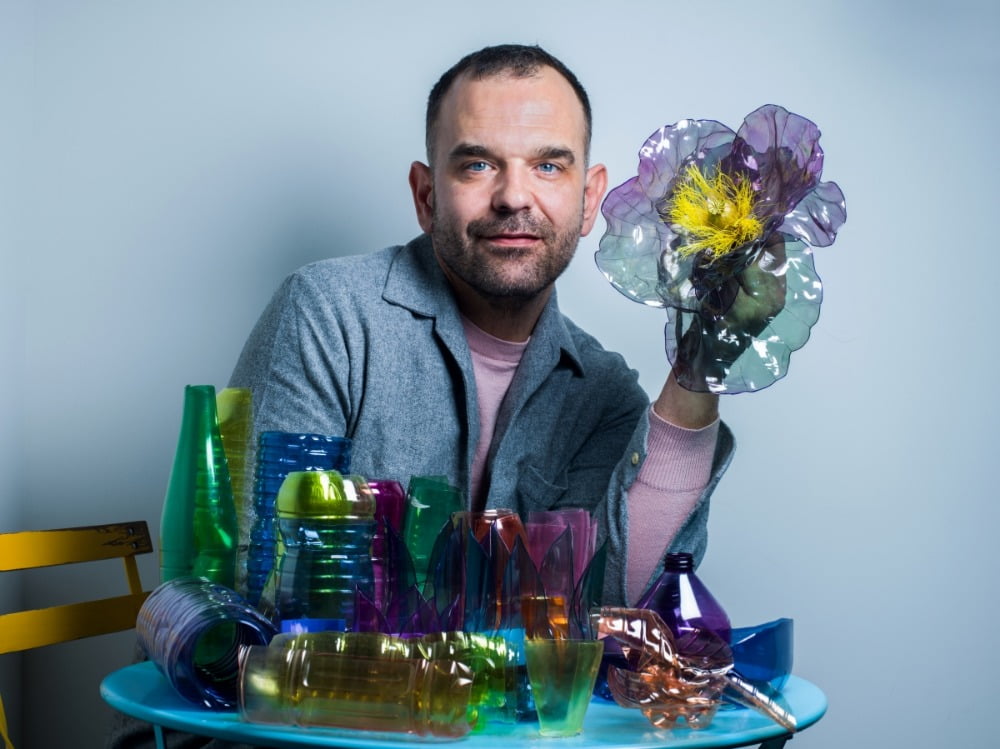
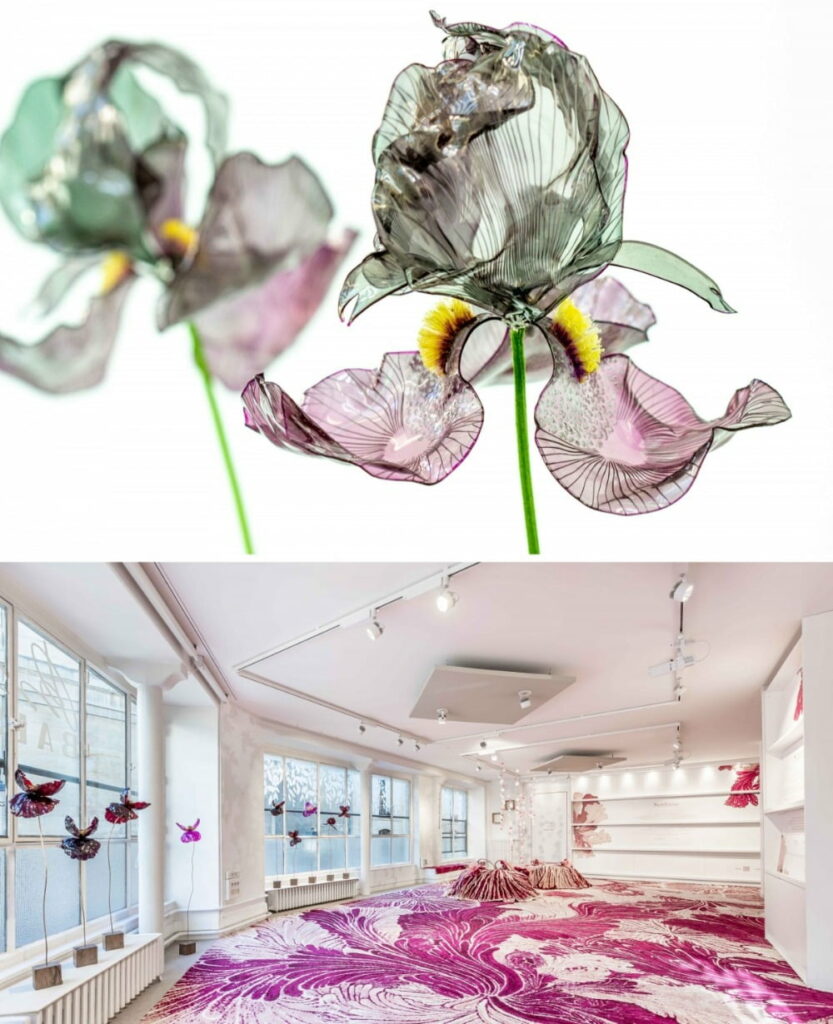
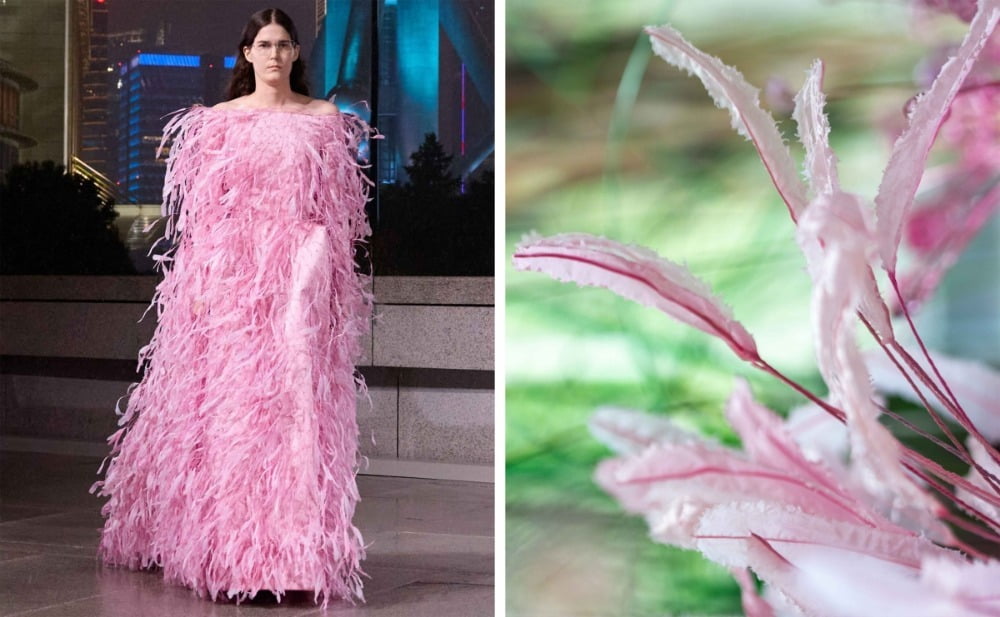
Driven by the promise of a better future and the company’s mission for environmental sustainability, William Amor has made possible the impossible encounter between worthless disposable waste and luxury fashion brands.
At the Balenciaga SS25 fashion show, head designer Demna Gvasalia presented Balenciaga’s iconic feathered dress. The dress was beautifully decorated with 7,000 pink feathers made from 250 plastic bags collected in Paris.
In 2023, bustier accessories were produced under the name Rose Garden for Balmain’s SS24 ready-to-wear collection. Without this explanation, no one would have imagined that this work was made from plastic bottles, plastic oil cans, fishing nets and ropes salvaged from the beach.
Related posts
VOGUE Magazine
Balanciaga fashion show - the impressive pink dress made from recycled plastic bags over ten years o
ARTE KOREA | Disposables are as valuable as crystal
William Amour is a French upcycle artist who gives new life to recycled waste. His works are made fr


